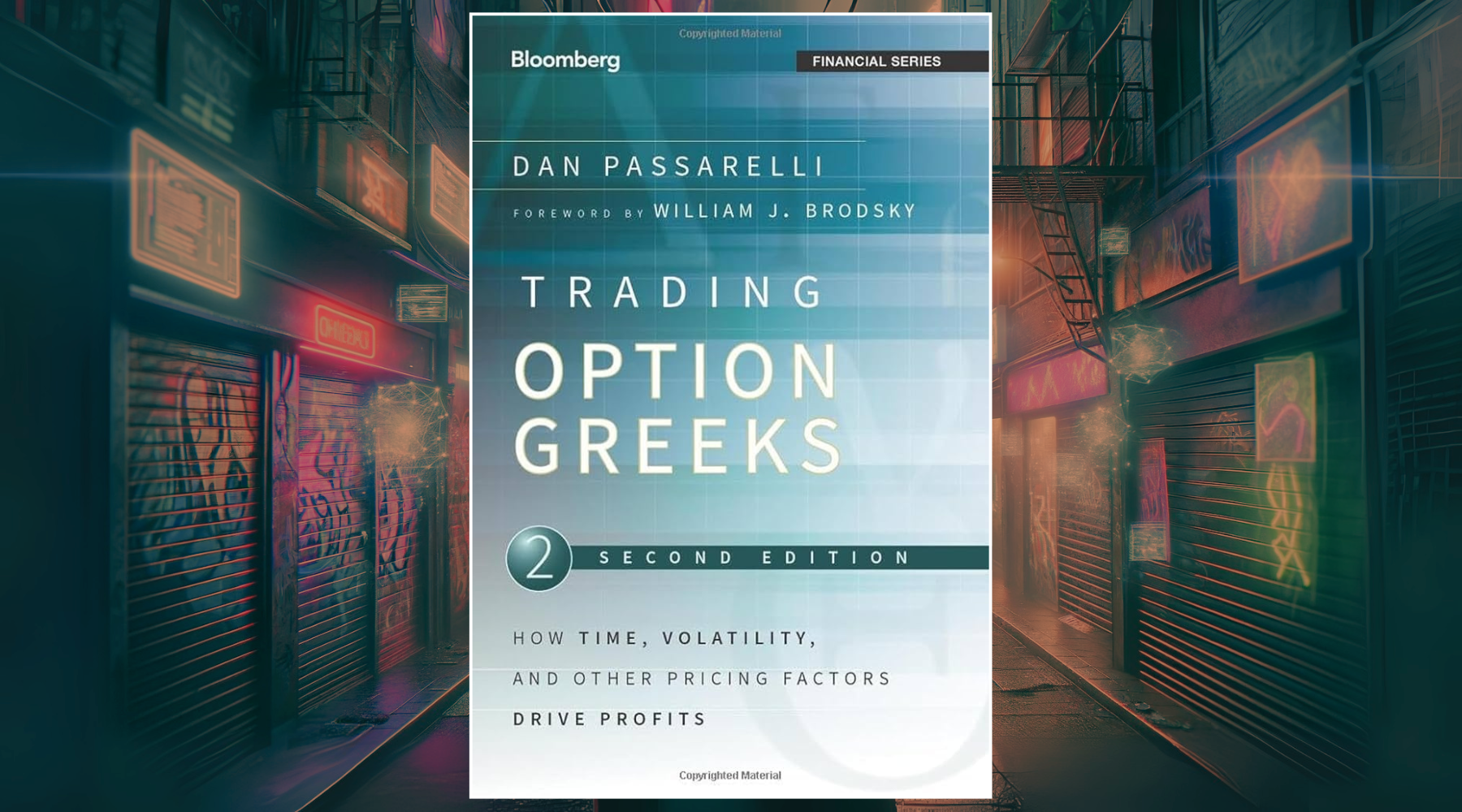
What are Shelf Offerings?
A shelf offering, also known as a shelf registration, is a way for companies to register securities with the SEC that they may want to issue and sell at some point over the next 3 years. The key advantage is that once the initial registration statement is approved by the SEC, the company can then sell portions of the registered shares at any time without needing further approvals.
Here is an overview of how shelf offerings work:
- Companies file a registration statement, usually Form S-3, with the SEC detailing the amount and type of securities to potentially be offered.
- The SEC reviews and declares the registration statement effective, allowing the securities to be offered.
- The company can then sell parts of the registered securities over the next 3 years by filing a prospectus supplement with details of the specific offering.
- The securities can be issued immediately upon filing the prospectus supplement without waiting for further SEC approval.
- Any unsold registered securities remain "on the shelf" to be potentially offered at a later date.
Shelf offerings provide great flexibility for companies to access capital markets quickly as needed. The timing and amount of securities sold can be tailored based on market conditions.
Filing Forms Used for Shelf Offerings
The most common forms used by companies to register securities for shelf offerings are:
-
Form S-3 - This is the primary form used by most major U.S. public companies to register securities for shelf offerings. To be eligible to file Form S-3, companies must meet certain criteria including:
- Having a public float of at least $75 million
- Being current with SEC filing and reporting requirements
- Form F-3 - This is the comparable form to Form S-3 that foreign issuers file to register shelf securities. The eligibility rules are similar.
- Form S-1 - Sometimes smaller companies that don't meet the requirements for S-3 can file a shelf registration statement using the standard Form S-1. However, the S-1 does not provide the same flexibility and efficiencies as the S-3.
Knowing which specific SEC form a company files can signal whether it meets the eligibility criteria for a standard shelf offering. Form S-3 and F-3 filings indicate larger, established public companies. S-1 filings indicate smaller companies with limitations on flexible shelf issuances.
How Shelf Offerings Work
Shelf offerings provide flexibility for companies to access capital markets strategically. Here are some key details on how the process works:
- Companies file a Form S-3 registration statement with the SEC to register a certain number of securities that may be offered over the next 3 years.
- The Form S-3 provides details on the maximum amount and type of securities potentially being offered, such as common stock or bonds.
- Once the SEC declares the Form S-3 effective, the securities are registered but do not need to be issued right away.
- When the company wants to actually sell some of the registered securities, it files a prospectus supplement with the specific terms of that particular offering.
- The prospectus supplement specifies details like the number of shares offered, offering price, underwriters, and intended use of proceeds.
- With the prospectus supplement filed, the company can sell the securities immediately without any further SEC approvals needed.
- Any unsold registered securities remain on the shelf in reserve to be potentially offered later during the 3 year period.
There are several methods companies can use to sell the shelf-registered securities:
- At-the-market offerings (ATM) - Securities are sold directly into the existing market for the shares over time.
- Underwritten deals - Investment banks buy the shares and resell to investors.
- Private transactions (PIPEs)- Shares sold directly to select investors.
The timing and amount of securities sold via shelf offerings can be tailored strategically based on market windows. Companies have the flexibility to access capital precisely when needed.
Impact on Day Traders
Shelf offerings can significantly influence short-term trading activity and stock prices. This creates both risks and potential profit opportunities for day traders.
- Announcements cause volatility - When a company files for a new shelf offering, it often causes an immediate stock price drop in anticipation of share dilution. However, prices tend to stabilize again as the market absorbs the news.
- Actual issuances depress prices - When new shares are actually issued off the shelf through prospectus filings, this supply increase can further drive prices down due to dilution.
- Sudden increase in supply - Large secondary offerings flooding the market with new share supply can temporarily overwhelm demand and cause declines.
- Creates trading opportunities - The volatility around shelf offering announcements and issuances can be profitable for nimble day traders.
- Timing is key - Being prepared for shelf registration filings and then acting quickly around issuance announcements allows traders to time entries and exits.
- Short selling opportunities - Traders can consider short selling as prices tend to drop after shelf issuances.
Shelf offerings present risks of dilution and sudden price drops for day traders, but can also create significant short-term trading opportunities around issuance announcements. Carefully tracking shelf registrations (Dilution Tracker is a great tool for this), prospectus filings, and new issuances is so important. Day traders can then capitalize on the inevitable volatility these strategic capital raising activities create.







